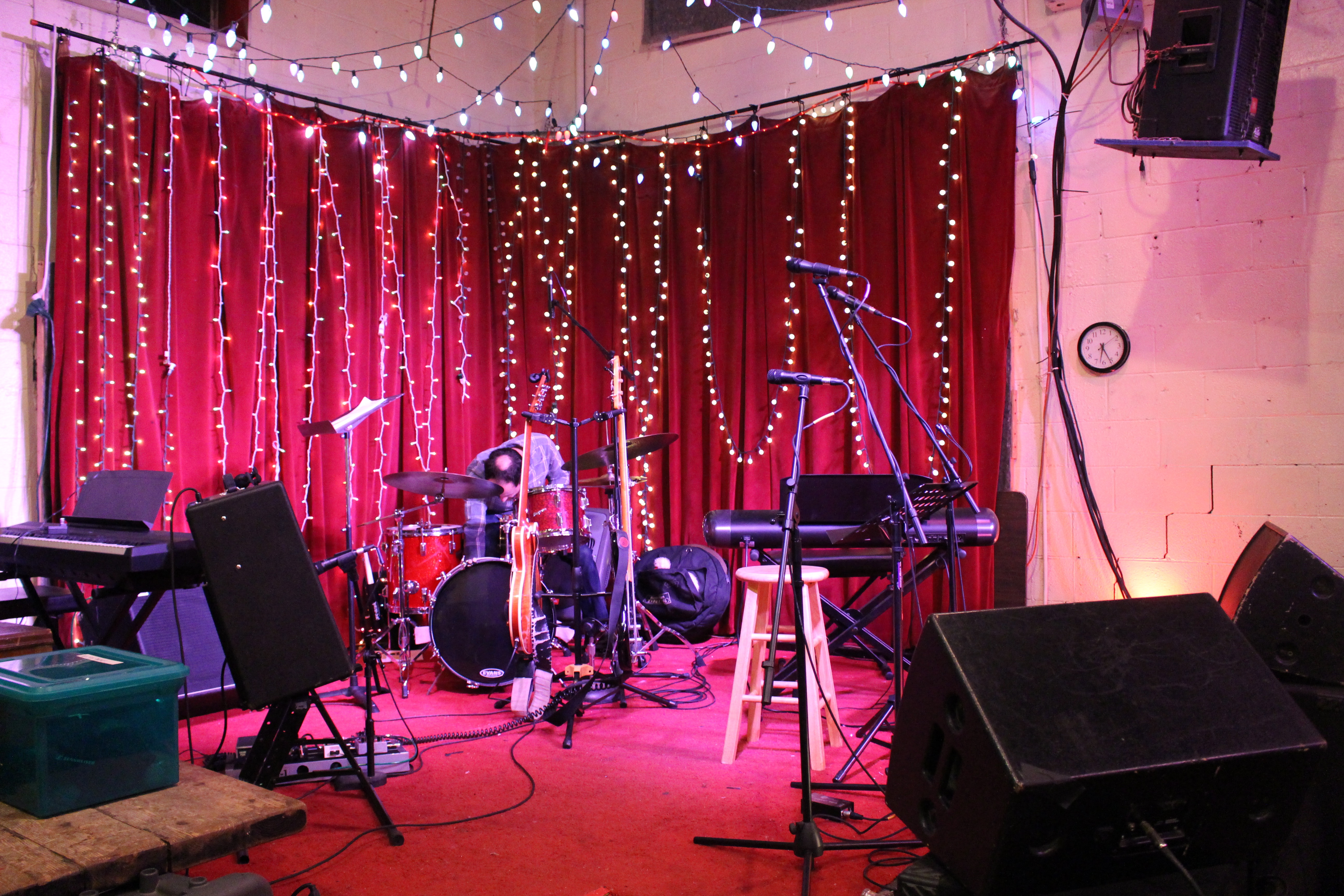

Though the double-tonic complex has proven controversial in 19th-century scholarship, rock music’s particularities provide a ripe environment for double-tonic structures, with its common use of seventh chords as stable harmonies and Aeolian modality. Might rock tonality allow for multiple tonal centers to exist not in conflict but as equal members of a governing tonal structure? In this article, I propose that some seemingly ambiguous rock songs exhibit the theoretical structure known as the “double-tonic complex.” Not just “tonal pairing”-the alternation of two equally weighted keys-but a true Robert Bailey-style double tonic: a four-note sonority built from the union of two third-related triads acting as prolonged tonic.

However, the assumption of monotonality in the rock repertoire bears examination, especially the notion that the absence of a single pitch center implies conflict. The standard analytical response to these situations is to claim ambiguity or competition among the possible key centers and frame a narrative interpretation around this ambiguity. Many rock songs have a puzzling feature: despite ostensibly simple harmonic structures, it is not entirely clear what key they are in. The theoretical foundation combines Schenkerian theory with aspects of Joseph Straus's interdisciplinary studies on musical modernism and disability (2018) and Daniel Harrison's harmonic theory on 19 th-and early 20 th-century chromatic music (1994). I demonstrate how 1) tonal madness may be associated with the deformation of tonic and dominant functions, 2) tonal ambiguity emerges from the presence of opposing tonal forces within the same musical space, and 3) tonal coloring is achieved through chromatic voice-leading, tonally oriented parallelism, and the substitution of standard tonal events. I focus on three broad tonal effects that characterize the style of the selected studies, examining in detail some of their specific realizations. The goal of this paper is to shed new light on selected strategies that characterize the tonal style of the first nine studies of the set by means of examining Villa-Lobos's treatment of tonality from a perspective that takes into account the role of large-scale structure.


 0 kommentar(er)
0 kommentar(er)
